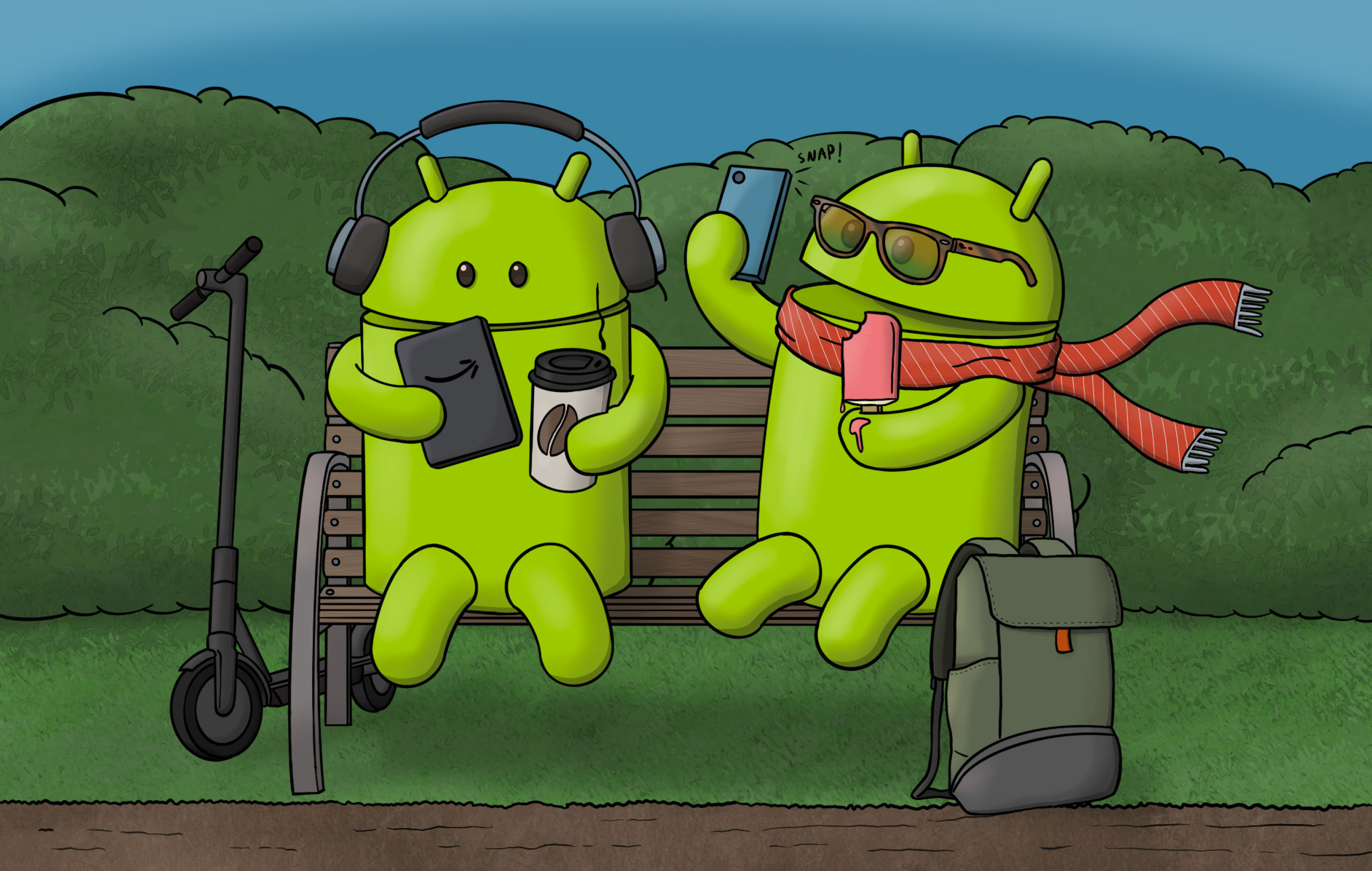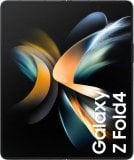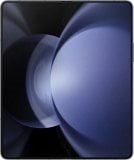
Googles Matias Duarte är bland annat huvudansvarig för Androids gränssnittsdesign. Duarte har nu genom Google+ svarat på frågor om Android 4.2 och de senaste Nexus-enheterna. En av punkterna Duarte diskuterar är varför Nexus 10 har samma layout och placering av de virtuella androidknapparna som mobiler och Nexus 7.
Anledningen kan sammanfattas så här: enhetlighet. Duarte vill att användare ska få en enhetlig androidupplevelse oavsett om de håller en mobil eller surfplatta i handen. Att Android för surfplattor har samma placering av de virtuella knapparna som Android för mobiler beror på att man ska kunna använda muskelminnet till att pricka rätt.
“This new configuration is based on usability research we did on all of the different form factors and screen sizes that Android runs on. What mattered most of all was muscle memory – keeping the buttons where you expect them, no matter how you hold the device.
Phones are almost always used in portrait mode, flip sideways occasionally, and never go upside down. As screen sizes get larger though, any which way goes. Imagine the frustration you’d feel if every time you picked up a tablet off the table ‘the wrong way up’ you found yourself reaching for a home button that wasn’t where you expect it to be? That irritation adds up and over time like a tiny grain of sand in your shoe and undermines the rest of your experience.”
En annan vanlig fråga Duarte svarat på är varför Nexus-enheterna inte begåvats med plats för minneskort. Genom ett minneskort kan lagringsutrymmet lätt fördubblas eller ibland till och med trefaldigas. Varför har då inte Nexus-enheterna stöd för minneskort?
Enligt Duarte är minneskort för komplicerade och för förvirrande för vanliga användare. Han menar att man inte kan veta var sparade filer hamnar – landar de på minneskortet eller på den interna disken? Ska det då finnas en inställning för detta eller ska Android fråga varje gång?
Han menar att med Nexus-enheterna vet man från början hur mycket utrymme man får. Alla appar kan använda utrymmet fritt och man behöver inte bry sig om var filer hamnar. Just att man inte vet var filer sparas är faktiskt ett litet problem på exempelvis Galaxy Note 2, då till exempel Chrome sparar filer på det interna minnet medan standardwebbläsaren sparar till minneskortet. Men det är en väldigt liten nackdel i förhållande till den bonus i lagringsutrymme minneskort för med sig. De som vill läsa mer kan bege sig till Duartes tråd på Google+.
“Everybody likes the idea of having an SD card, but in reality it’s just confusing for users.
If you’re saving photos, videos or music, where does it go? Is it on your phone? Or on your card? Should there be a setting? Prompt everytime? What happens to the experience when you swap out the card? It’s just too complicated.
We take a different approach. Your Nexus has a fixed amount of space and your apps just seamlessly use it for you without you ever having to worry about files or volumes or any of that techy nonsense left over from the paleolithic era of computing.
With a Nexus you know exactly how much storage you get upfront and you can decide what’s the right size for you. That’s simple and good for users.”



) 230
230




